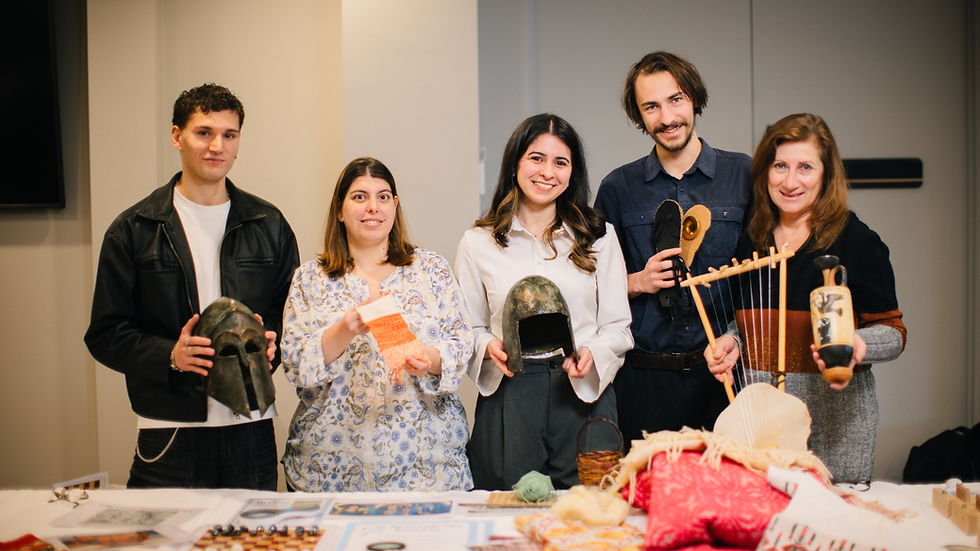How To: Make Parchment and Vellum
- Sarah Craig
- Jan 25, 2017
- 2 min read
Updated: Dec 16, 2024

Today ideas of a post-paper world are floating around, but what was used before paper was commonly available? Let us walk you through the process of making parchment and vellum.
Before paper was widely manufactured and used, scribes depended on parchment, the final product of an involved and costly process. In what might look like a morbid practice now, parchment and vellum were processed from animal skin into durable materials, without which we would not possess the wealth of knowledge that we have today.
At risk of sounding like a parchment ‘Do It Yourself’ guide, the value of parchment and vellum can’t be understood without a little know-how about its production. Depending on the production methods and the animal used, the finished product could vary greatly. The very finest skins, vellum, came from animals less than six weeks old, and freshly killed. Whether for parchment or vellum, the animal skin was first soaked in a solution of lime to soften it and loosen the hair which was then removed. The skin was then stretched on a wooden frame where it was scraped with a curved knife called a lunellum. During this process it was alternatively wetted and dried to create tension. The final step was to abrade the skin with pumice and treat it with a lime or chalk solution which made the pages whiter and allowed the skin to accept the ink pigments. The skin was then divided into sheets, with the number of sheets depending on the size of the skin and the sheets. Just to give an idea, an average calfskin provided three and a half medium sheets of parchment. The parchment could then be folded without becoming brittle, unlike plant-based papyrus.
There are relatively few sources remaining which describe the Byzantine method of vellum production in particular. One of these is a letter from Planudes, a theologian, grammarian, rhetorician and head of the monastery school at Khora. The monastery held a great library and as a result much of Planudes’ correspondence dealt with sourcing the finest parchment for manuscripts. His letters offer insights into the practices and issues that surround parchment and vellum production. For instance, he insists that the finished vellum should not be treated with egg white. This practice, preferred during the Byzantine period, gave lustre to the pages but if the book became wet the egg white would flake and peel off, and with it the work of the scribe.
Given the time taken to make these as well as the materials and expertise needed, it’s not hard to imagine how highly valued these manuscripts would have been – and still are today.


